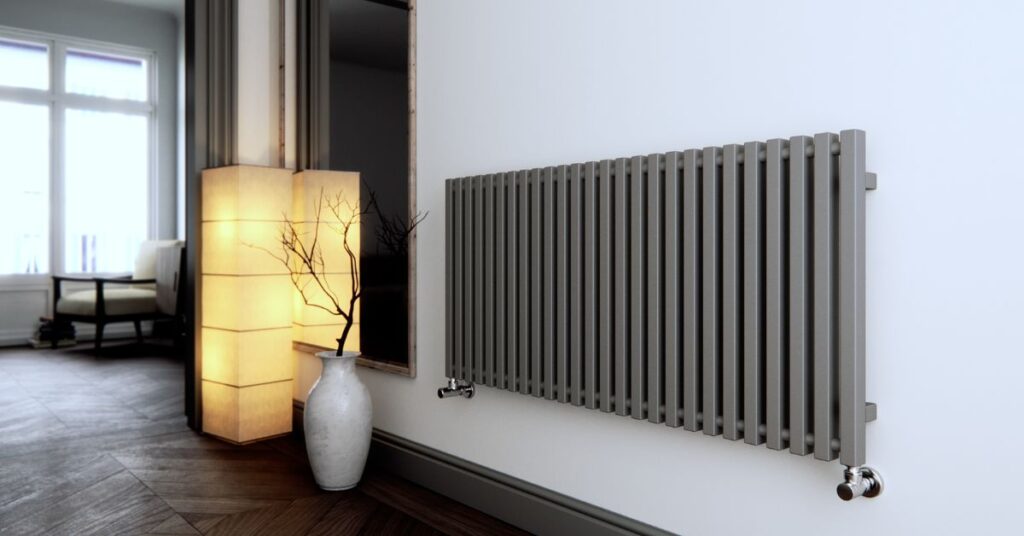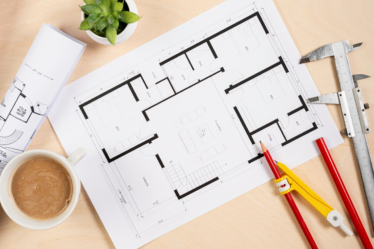
Introduction:
Radiators have long been an essential component of home heating systems, providing warmth and comfort during colder months. Over the years, advancements in technology and design have led to the development of modern types of radiators that not only efficiently heat your home but also add aesthetic value. In this article, we will explore some of the innovative radiator options available in the market today.
You should get a top-notch designer vertical radiator that exceeds your expectations.
Modern Types Of Radiators For Your Home:
Conventional Radiators:
Conventional radiators are the most common type found in homes. They consist of a metal panel with fins or columns that heat up as hot water or steam flows through them. These radiators come in various sizes, styles, and materials, such as cast iron, steel, or aluminum. They are often chosen for their reliability, affordability, and compatibility with existing heating systems.

Low Surface Temperature (LST) Radiators:
Low surface temperature radiators are designed with safety in mind, making them ideal for homes with children or vulnerable individuals. They feature a special casing that remains cool to the touch, even when the radiator is in operation. Low surface temperature (LST) radiators use convective heat transfer to efficiently warm up a room while minimizing the risk of burns.
Low-Level Radiators:
These radiators are installed closer to the floor, making them ideal for large windows or spaces where wall height is limited. They can fit beneath windowsills or low-level cabinets.
Vertical Radiators:
Vertical radiators offer a modern and space-saving alternative to conventional horizontal models. These tall and slim radiators are perfect for rooms with limited wall space or for creating a stylish focal point. Vertical radiators come in various designs and finishes, ranging from sleek and minimalist to bold and artistic, allowing you to complement your home decor.
Designer Radiators:
Designer radiators combine functionality with aesthetic appeal, transforming a utilitarian object into an eye-catching feature. They come in an array of striking shapes, colors, and materials, from mirrored and glass radiators to contemporary art-inspired designs. Designer radiators provide both warmth and artistic flair, becoming a statement piece within your home.
Towel Radiators:
Towel radiators, also known as heated towel rails, serve a dual purpose by heating your bathroom while also providing a convenient place to hang and warm towels. These radiators are available in various sizes and styles, including ladder-style rails or wall-mounted panels. Towel radiators can add a touch of luxury and comfort to your bathroom space.
Underfloor Heating:
Although not traditional radiators, underfloor heating systems are increasingly popular in modern homes. This heating method involves the installation of pipes or electric heating elements beneath the floor, which distribute heat evenly throughout the room. Underfloor heating offers efficient and comfortable heating, as well as freeing up wall space for greater design flexibility.
Electric Radiators:
Electric radiators are standalone units that don’t require a central heating system. They are powered by electricity and have built-in heating elements. Electric radiators offer flexibility in terms of installation and can be controlled individually. They are suitable for spaces where installing a central heating system is not feasible or as an additional heating source in specific rooms.
Flat Panel Radiators:
Flat panel radiators are similar to conventional panel radiators but have a sleeker and more contemporary design. They are made of flat metal panels and are available in various sizes and finishes to match different interior styles.
Cast Iron Radiators:
Cast iron radiators have a classic and traditional appearance. They retain heat well, providing longer-lasting warmth even after the heating system is turn off.
Fan-Assisted Radiators:
Fan-assisted radiators incorporate fans to increase heat distribution. They provide rapid and efficient heating, making them suitable for larger rooms or areas with high heat demand.
High-Level Radiators:
High-level Types of radiators are position at a higher level on the wall, usually above windows or doors. They utilize the natural convection process to circulate warm air effectively.
Panel Radiators:
Panel radiators are the most common and traditional type of radiator. They consist of single or multiple panels with fins or convectors attached to increase heat output.
Conclusion
When it comes to heating your home, modern radiators offer a range of options that go beyond functionality to encompass style and design. From conventional radiators to the vertical, designer, towel, and underfloor heating systems, there is a radiator type to suit every home and personal preference. Whether you prioritize energy efficiency, space optimization, or aesthetic appeal, these modern radiator options can enhance the comfort and ambiance of your living space.


